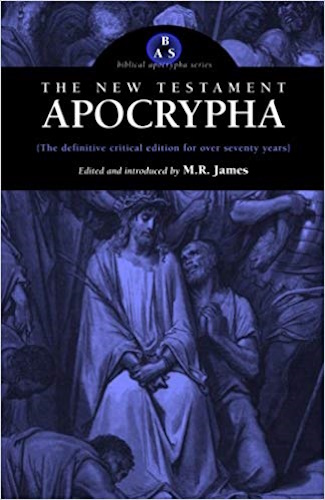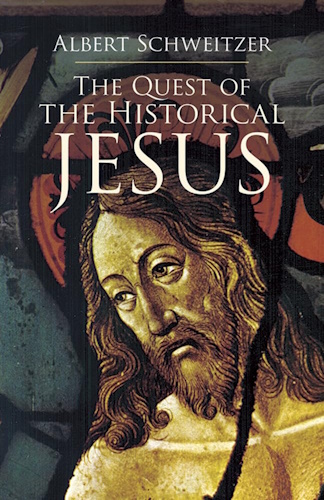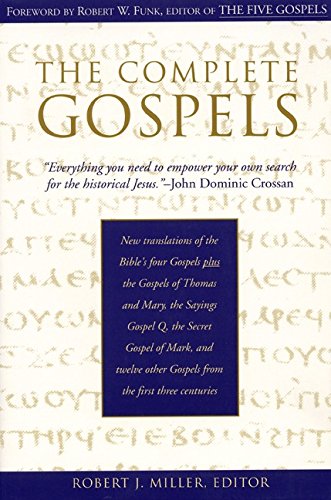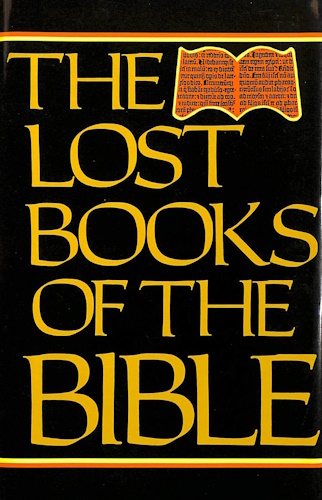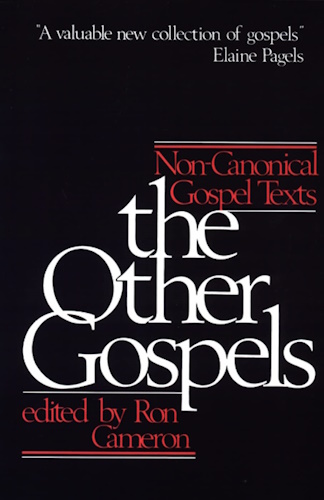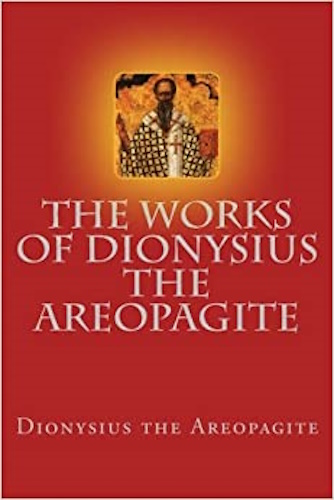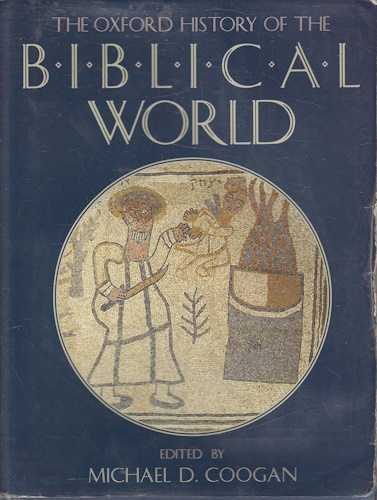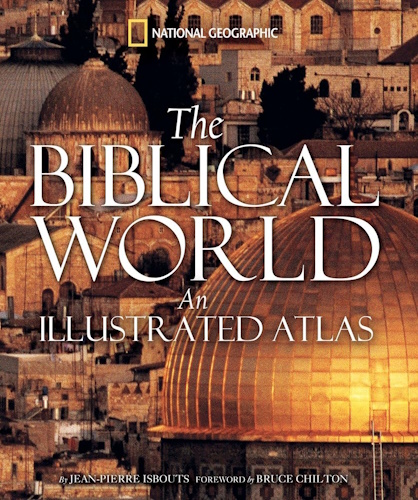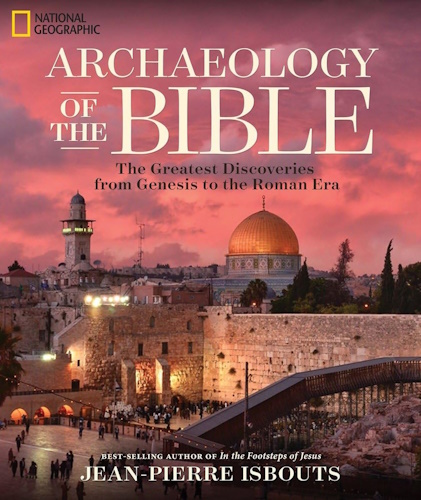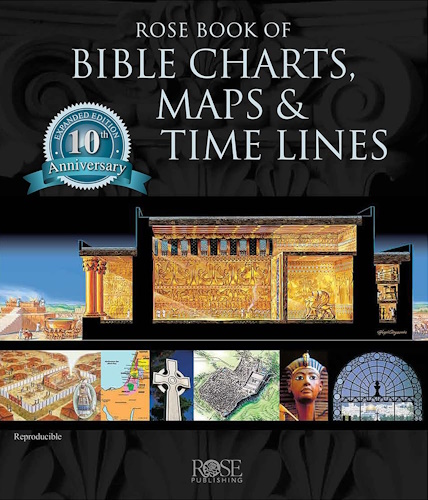
The works of Dionysius the Areopagite
On Divine Names
Caput V
Concerning Being—in which also concerning Exemplars.
SECTION I.
LET us now then pass to the name "Being"—given in the Oracles as veritably that of Him, Who veritably is. But we will recall to your remembrance this much, that the purpose of our treatise is not to make known the superessential Essence—qua superessential—(for this is inexpressible, and unknowable, and altogether unrevealed, and surpassing the union itself), but to celebrate the progression of the supremely Divine Source of Essence, which gives essence to all things being. For the Divine Name of the Good, as making known the whole progressions of the Cause of all, is extended, both to things being, and things not being, and is above things being, and things not being. But the Name of Being is extended to all things being, and is above things being;—and the Name of Life is extended to all things living, and is above things living; and the Name of Wisdom is extended to all the intellectual and rational and sensible, and is above all these.
SECTION II.
The treatise, then, seeks to celebrate these, the Names of God, which set forth His Providence. For it does not profess to express the very superessential Goodness, and Essence, and Life, and
page 74
Wisdom, of the very superessential Deity, Which is seated above all Goodness, and Deity, and Essence, and Wisdom, and Life,—in secret places, as the Oracles affirm. But it celebrates the beneficial Providence, which has been set forth as preeminently Goodness and Cause of all good things, and as Being, and Life, and Wisdom,—the Cause essentiating and vivifying, and wise-making, of those who partake of essence, and life, and mind, and reason, and sense. But it does not affirm that the Good is one thing, and the Being another; and that Life is other than Wisdom; nor that the Causes are many, and that some deities produce one thing and others another, as superior and inferior; but that the whole good progressions and the Names of God, celebrated by us, are of one God; and that the one epithet makes known the complete Providence of the one God, but that the others are indicative of His more general and more particular providences.
SECTION III.
Yet, some one might say, for what reason do we affirm that Life is superior to Being, and Wisdom to Life? Things with life no doubt are above things that merely exist—things sensible above those which merely live,—and things rational above these,—and the Minds44 above the rational, and are around God, and are more near to Him. Yet, things which partake of greater gifts from God, must needs be
page 75
better and superior to the rest. But if any one assumed the intellectual to be without being, and without life, the statement might hold good. But if the Divine Minds are both above all the rest of beings, and live above the other living beings, and think and know, above sensible perception and reason, and, beyond all the other existing beings, aspire to, and participate in, the Beautiful and Good, they are more around the Good, participating in It more abundantly, and having received larger and greater gifts from It. As also, the rational creatures excel those of sensible perception, by their superiority in the abundance of reason, and these, by their sensible perception, and others, by their life. And this, as I think, is true, that the things which participate more in the One and boundless-giving God, are more near to Him, and more divine, than those who come behind them (in gifts).
SECTION IV.
Now, since we are speaking of these things, come then, and let us praise the Good, as veritably Being, and giving essence to all things that be. He, Who is, is superessential, sustaining Cause of the whole potential Being, and Creator of being, existence, subsistence, essence, nature; Source and Measure of ages, and Framer of times, and Age of things that be, Time of things coming into being, Being of things howsoever being, Birth of things howsoever born. From Him, Who is, is age, and essence, and being, and time, and birth, and thing born; the realities
page 76
in things that be, and things howsoever existing and subsisting. For Almighty God is not relatively a Being, but absolutely and unboundedly, having comprehended and anticipated the whole Being in Himself. Wherefore, He is also called King of the ages, since the whole being both is, and is sustained, in Him and around Him. And He neither was, nor will be, nor became, nor becomes, nor will become—yea rather, neither is. But He is the Being to things that be, and not things that be only, but the very being of things that be, absolutely from before the ages. For He is the Age of ages—the Existing before the ages.
SECTION V.
Summing up, then, let us say, that the being to all beings and to the ages, is from the Preexisting. And every age and time is from Him. And of every age and time, and of everything, howsoever existing, the Pre-existing is Source and Cause. And all things participate in Him, and from no single existing thing does He stand aloof. And He is before all things, and all things in Him consist. And absolutely, if anything is, in any way whatsoever, it both is, and is contemplated, and is preserved in the Pre-existing. And, before all the other participations in Him, the being is pre-supposed. And self-existent Being has precedence of the being self-existent Life; and the being self-existent Wisdom; and the being self-existent Divine Likeness; and the other beings, in whatever gifts
page 77
participating, before all these participate in being; yea, rather, all self-existent things, of which existing things participate, participate in the self-existent Being. And there is nothing existent, of which the self-existent Being is not essence and age. Naturally, then, more chiefly than all the rest, Almighty God is celebrated as Being, from the prior of His other gifts; for pre-possessing even pre-existence, and super-existence, and super-possessing being, He pre-established all being, I mean self-existent being; and subjected everything, howsoever existing, to Being Itself. And then, all the sources of beings, as participating in being, both are, and are sources, and first are, and then are sources. And, if you wish to say, that the self-existent Life is source of living things, as living; and the self-existent Similitude, of things similar as similar; and the self-existent Union, of things united, as united; and the self-existent Order, of things ordered, as ordered and of the rest, as many as, by participating in this or that, or both, or many, are this or that, or both, or many, you will find the self-existent participations themselves, first participating in being, and by their being, first remaining;—then being sources of this or that, and by their participating in being, both being, and being participated. But, if these are by their participation of being, much more the things participating in them.
SECTION VI.
The self-existent Super-goodness then, as projecting the first gift of self-existent being, is
page 78
celebrated by the elder and first of the participations; and being itself is from It, and in It; as also the sources of things being, and all the things that be, and the things howsoever sustained by being, and that irresistibly, and comprehensively and uniformly. For even in a monad, every number preexists in the form of a unit, and the monad holds every number in itself singly. And every number is united in the monad, but so far as it advances from the monad, so far it is distributed and multiplied. And in a centre, all the lines45of the circle coexist within one union, and the point holds all the straight lines in itself, uniformly united, both to each other, and to the one source from which they proceeded, and in the centre itself they are completely united; but standing slightly distant from it, they are slightly separated; but when more apart, more so. And in one word, the nearer they are to the centre, the more they are united to it and to each other? and the more they stand apart from it, the more they stand apart from each other.
SECTION VII.
But all the proportions of nature individually are comprehended in the whole nature of the whole, within one unconfused union; and in the soul, the powers of each several part are provident of the whole body in a uniform fashion. There is nothing out of place then, that, by ascending from obscure images to the Cause of all, we should
page 79
contemplate, with supermundane eyes, all things in the Cause of all, even those contrary to each other, after a single fashion and unitedly. For It is Source of things existing, from which are both being itself, and all things however being; every source, every term, every life, every immortality, every wisdom, every order, every harmony, every power, every protection, every stability, every endurance, every conception, every word, every sensible perception, every habit, every standing, every movement, every union, every mingling, every friendship, every agreement, every difference, every limit, and whatever other things existing by being, characterize all things being.
SECTION VIII.
And from the same Cause of all, are the higher and lower intellectual46 essences of the godlike angels; and those of the souls; and the natures of the whole Cosmos; all things whatsoever said to be either in others, or by reflection. Yea, even the all holy and most honoured Powers veritably being, and established, as it were, in the vestibule of the superessential Triad, are from It, and in It; and have the being and the godlike being; and after them, as regards Angels, the subordinate, subordinately, and the remotest, most remotely, but as regards ourselves, supermundanely. And the souls, and all the other beings, according to the same rule, have their being, and their well-being; and are, and are well; by having from the Pre-existing their being
page 80
and their well-being. And in It are both being and well-being; and from It, beginning; and in It, guarded; and to It, terminated. And the prerogatives of being he distributes to the superior beings, which the Oracles call even eternal. But being itself never at any time fails all existing beings. And even self-existent being is from the Pre-existent, and of Him is being, and He is not of being;—and in Him is being, and He is not in being; and being possesses Him, and not He possesses being; and He is both age and beginning, and measure of being; being essentiating Source, and Middle and End, of pre-essence, and being and age and all things. And for this reason, by the Oracles, the veritably Pre-existing is represented under many forms, according to every conception of beings, and the "Was" and the "Is," and the "Will be," and the "Became," and the "Becomes," and the "Will become," are properly sung respecting Him. For all these, to those who think worthily of God, signify by every conception His being superessentially, and Cause in every way of things existing. For He is not this, but not that; nor is He in some way, but not in some other; but He is all things, as Cause of all, and containing and pre-holding in Himself all governments, all controls, of all existing things. And He is above all, as superessentially super-being before all. Wherefore, also, all things are predicated of Him and together, and He is none of them all; of every shape, of every kind, without form, without beauty, anticipating in Himself, beginnings and middles,
page 81
and ends of things existing, irresistibly and preeminently; and shedding forth without flaw, (the light of) being to all, as beseems a One and super-united Cause. For, if our sun, at the same time that he is one and sheds a uniform light, renews the essences and qualities of sensible creatures, although they are many and various, and nourishes and guards, and perfects and distinguishes, and unites, and fosters, and makes to be productive, and increases, and transforms, and establishes, and makes to grow, and awakens, and gives life to all; and each of the whole, in a manner appropriate to itself, participates in the same and one sun; and the one sun anticipated in himself, uniformly, the causes of the many participants; much more with regard to the Cause of it and of all things, ought we to concede that It first presides over, as beseems One superessential Oneness, all the exemplars, of things existing; since He produces even essences, as beseems the egression from essence. But, we affirm that the exemplars are the methods in God, giving essence to things that be, and pre-existing uniformly, which theology calls predeterminations, and Divine and good wills, which define and produce things existing; according to which (predeterminations) the Superessential both predetermined and brought into existence everything that exists.
SECTION IX.
But, if the Philosopher Clemens thinks good, that the higher amongst beings should be called
page 82
exemplars in relation to something, his statement advances, not through correct and perfect and simple names. But, when we have conceded even this, to be correctly said, we must call to mind the Word of God, which says, "I have not shewn thee these things for the purpose of going after them, but that through the proportionate knowledge of these we may be led up to the Cause of all, as we are capable."
We must attribute, then, all existing things to It, as beseems One Union pre-eminent above all, since by starting from Being, the essentiating Progression and Goodness, both penetrating all, and filling all things with Its own being, and rejoicing over all things being, pre-holds all things in Itself, rejecting all duplicity by an one superfluity of simplicity. But It grasps all things in the same way, as beseems its super-simplified Infinity, and is participated in by all uniquely, even as a voice, whilst being one and the same, is participated in by many ears as one.
SECTION X.
The Pre-existing then is beginning and end of existing things; beginning indeed as Cause, and end as for whom; and term of all, and infinitude of all infinitude; and term, especially, of things that are, as it were, opposed. For in One, as we have often said, He both pre-holds and sustains all existing things, being present to all, and everywhere, both as regards the one, and the same, and as the every same, and issuing forth to all, and abiding in Himself; and standing and moving, and neither standing nor
page 83
moving; neither having beginning, or middle, or end; neither in any of the existing things, nor being any of the existing things. And neither does any of the things eternally existing, or those temporarily subsisting, entirely come up to Him, but He towers above time and eternity, and all things eternal and temporal. Wherefore also, He is Eternity itself, and things existing, and the measures of things existing, and things measured through Him and from Him. But let us speak of these things more opportunely on another occasion.
44 Angels.
45 i.e. the radii.
46 Maximus, Scholia, cap. 4, sec. i.
![]()
![]()
-
Urantia Book, 44:0.11 - The Celestial Artisans
Never in your long ascendancy will you lose the power to recognize your associates of former existences. Always, as you ascend inward in the scale of life, will you retain the ability to recognize and fraternize with the fellow beings of your previous and lower levels of experience. Each new translation or resurrection will add one more group of spirit beings to your vision range without in the least depriving you of the ability to recognize your friends and fellows of former estates.
-
Princess Bride 1987 Wallace Shawn (Vizzini) and Mandy Patinkin (Inigo Montoya)
Vizzini: HE DIDN'T FALL? INCONCEIVABLE.
Inigo Montoya: You keep using that word. I do not think it means what you think it means. -
Urantia Book, 117:4.14 - The Finite God
And here is mystery: The more closely man approaches God through love, the greater the reality -- actuality -- of that man. The more man withdraws from God, the more nearly he approaches nonreality -- cessation of existence. When man consecrates his will to the doing of the Father's will, when man gives God all that he has, then does God make that man more than he is.
-
Urantia Book, 167:7.4 - The Talk About Angels
"And do you not remember that I said to you once before that, if you had your spiritual eyes anointed, you would then see the heavens opened and behold the angels of God ascending and descending? It is by the ministry of the angels that one world may be kept in touch with other worlds, for have I not repeatedly told you that I have other sheep not of this fold?"
-
Urantia Book, Foreword - 0:12.12 - The Trinities
But we know that there dwells within the human mind a fragment of God, and that there sojourns with the human soul the Spirit of Truth; and we further know that these spirit forces conspire to enable material man to grasp the reality of spiritual values and to comprehend the philosophy of universe meanings. But even more certainly we know that these spirits of the Divine Presence are able to assist man in the spiritual appropriation of all truth contributory to the enhancement of the ever-progressing reality of personal religious experience—God-consciousness.
-
Urantia Book, 1:4.3 - The Mystery Of God
When you are through down here, when your course has been run in temporary form on earth, when your trial trip in the flesh is finished, when the dust that composes the mortal tabernacle "returns to the earth whence it came"; then, it is revealed, the indwelling "Spirit shall return to God who gave it." There sojourns within each moral being of this planet a fragment of God, a part and parcel of divinity. It is not yet yours by right of possession, but it is designedly intended to be one with you if you survive the mortal existence.
-
Urantia Book, 1:4.1 - The Mystery Of God
And the greatest of all the unfathomable mysteries of God is the phenomenon of the divine indwelling of mortal minds. The manner in which the Universal Father sojourns with the creatures of time is the most profound of all universe mysteries; the divine presence in the mind of man is the mystery of mysteries.
-
Urantia Book, 1:4.6 - The Mystery Of God
To every spirit being and to every mortal creature in every sphere and on every world of the universe of universes, the Universal Father reveals all of his gracious and divine self that can be discerned or comprehended by such spirit beings and by such mortal creatures. God is no respecter of persons, either spiritual or material. The divine presence which any child of the universe enjoys at any given moment is limited only by the capacity of such a creature to receive and to discern the spirit actualities of the supermaterial world.
-
Urantia Book, 11:0.1 - The Eternal Isle Of Paradise
Paradise is the eternal center of the universe of universes and the abiding place of the Universal Father, the Eternal Son, the Infinite Spirit, and their divine co-ordinates and associates. This central Isle is the most gigantic organized body of cosmic reality in all the master universe. Paradise is a material sphere as well as a spiritual abode. All of the intelligent creation of the Universal Father is domiciled on material abodes; hence must the absolute controlling center also be material, literal. And again it should be reiterated that spirit things and spiritual beings are real.
-
Urantia Book, 50:6.4 - Planetary Culture
Culture presupposes quality of mind; culture cannot be enhanced unless mind is elevated. Superior intellect will seek a noble culture and find some way to attain such a goal. Inferior minds will spurn the highest culture even when presented to them ready-made.
-
Urantia Book, 54:1.6 - True And False Liberty
True liberty is the associate of genuine self-respect; false liberty is the consort of self-admiration. True liberty is the fruit of self-control; false liberty, the assumption of self-assertion. Self-control leads to altruistic service; self-admiration tends towards the exploitation of others for the selfish aggrandizement of such a mistaken individual as is willing to sacrifice righteous attainment for the sake of possessing unjust power over his fellow beings.
-
Urantia Book, 54:1.9 - True And False Liberty
How dare the self-willed creature encroach upon the rights of his fellows in the name of personal liberty when the Supreme Rulers of the universe stand back in merciful respect for these prerogatives of will and potentials of personality! No being, in the exercise of his supposed personal liberty, has a right to deprive any other being of those privileges of existence conferred by the Creators and duly respected by all their loyal associates, subordinates, and subjects.
-
Urantia Book, 54:1.8 - True And False Liberty
There is no error greater than that species of self-deception which leads intelligent beings to crave the exercise of power over other beings for the purpose of depriving these persons of their natural liberties. The golden rule of human fairness cries out against all such fraud, unfairness, selfishness, and unrighteousness.
